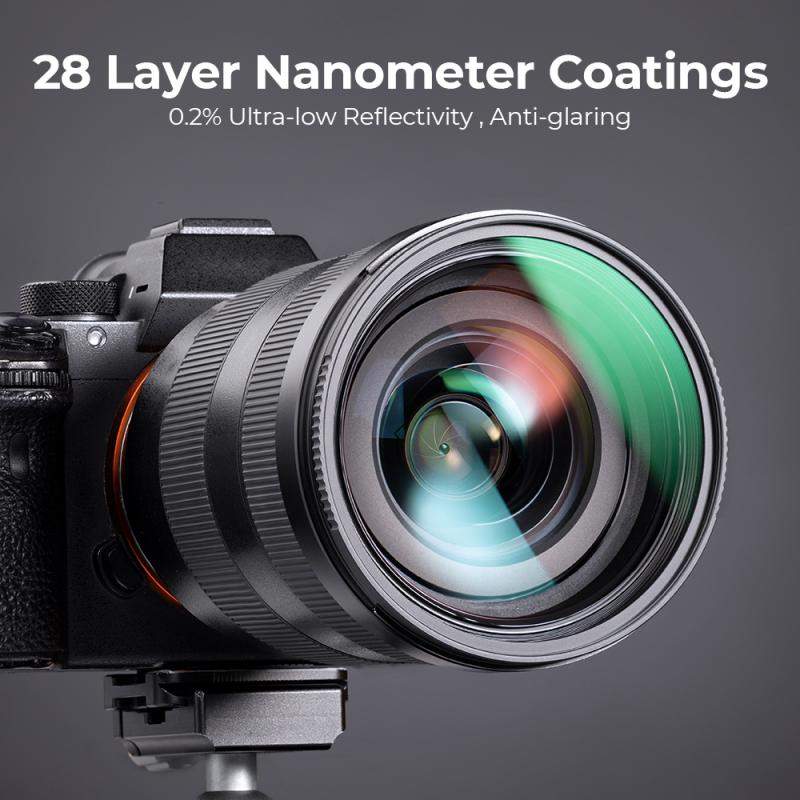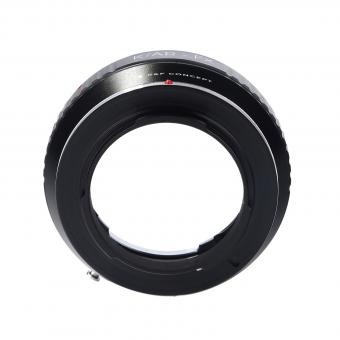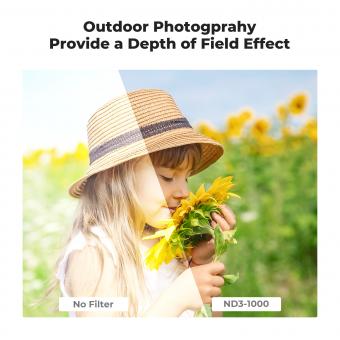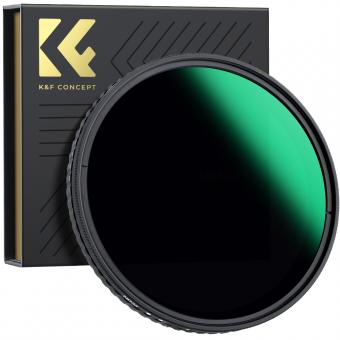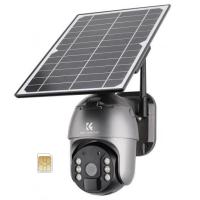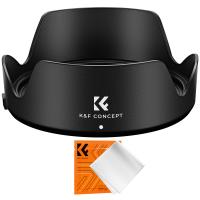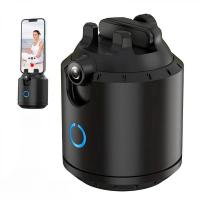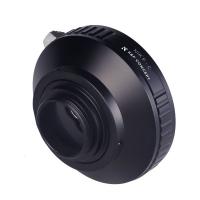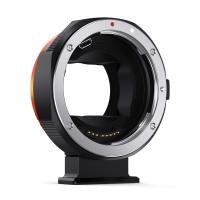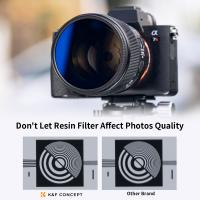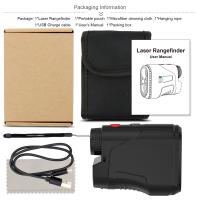What Lens Mount Is Nikon Pronea S Aps ?
The Nikon Pronea S APS camera uses the Nikon F-mount lens system.
1、 Nikon F-mount compatibility for Pronea S APS camera
The Nikon Pronea S APS camera was introduced in the late 1990s as a compact SLR camera that utilized the Advanced Photo System (APS) film format. It was designed to be a lightweight and portable option for photographers who wanted the flexibility of interchangeable lenses.
The Nikon Pronea S APS camera featured a unique lens mount called the Nikon Pronea mount. This mount was specifically designed for the Pronea series of cameras and was not compatible with Nikon's traditional F-mount lenses. The Pronea mount had a smaller diameter than the F-mount, which allowed for a more compact camera body.
Unfortunately, the Pronea series of cameras, including the Pronea S APS, did not gain much popularity and was eventually discontinued. As a result, there are limited lens options available for the Pronea S APS camera. However, there are still a few Pronea mount lenses that can be found on the used market.
It is important to note that the Pronea S APS camera is a film camera and not a digital camera. With the rise of digital photography, film cameras have become less common, and many photographers have transitioned to digital cameras that offer more advanced features and capabilities.
In conclusion, the Nikon Pronea S APS camera utilized the Nikon Pronea mount, which is not compatible with Nikon's traditional F-mount lenses. While there are limited lens options available for this camera, it is important to consider the advancements in digital photography and the availability of more modern and versatile camera systems.
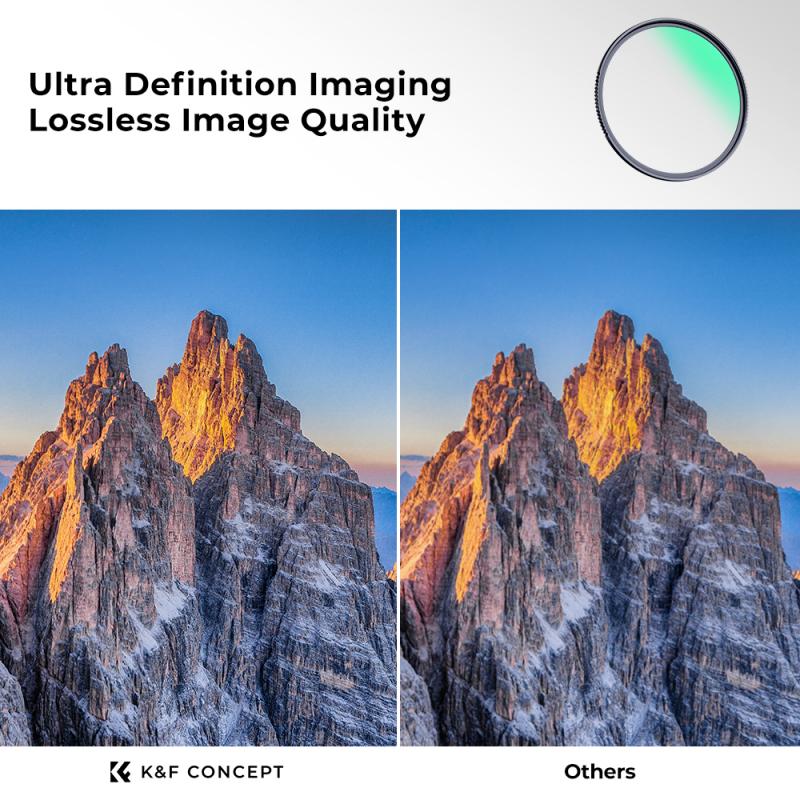
2、 APS-C sensor size in Nikon Pronea S camera
The Nikon Pronea S is a film camera that was introduced in the late 1990s. It is not a digital camera and therefore does not have a specific sensor size like modern digital cameras. Instead, it uses APS film, which is a smaller format compared to traditional 35mm film.
The Nikon Pronea S features an APS-C lens mount, which is specific to the APS film format. This means that lenses designed for the Pronea S are not compatible with Nikon's full-frame or DX-format digital cameras. The APS-C lens mount on the Pronea S allows for a smaller image circle to be projected onto the smaller APS film frame.
It is important to note that the Nikon Pronea S is an older camera and has been discontinued for many years. As a result, finding lenses specifically designed for this camera may be challenging. However, Nikon F-mount lenses can be used with the Pronea S through the use of an adapter. This opens up a wide range of lens options for Pronea S users, as the Nikon F-mount is one of the most widely supported lens mounts in the industry.
In conclusion, the Nikon Pronea S uses an APS-C lens mount for its APS film format. While specific lenses for this camera may be difficult to find, the use of an adapter allows for compatibility with Nikon F-mount lenses, providing a wider range of lens options for Pronea S users.
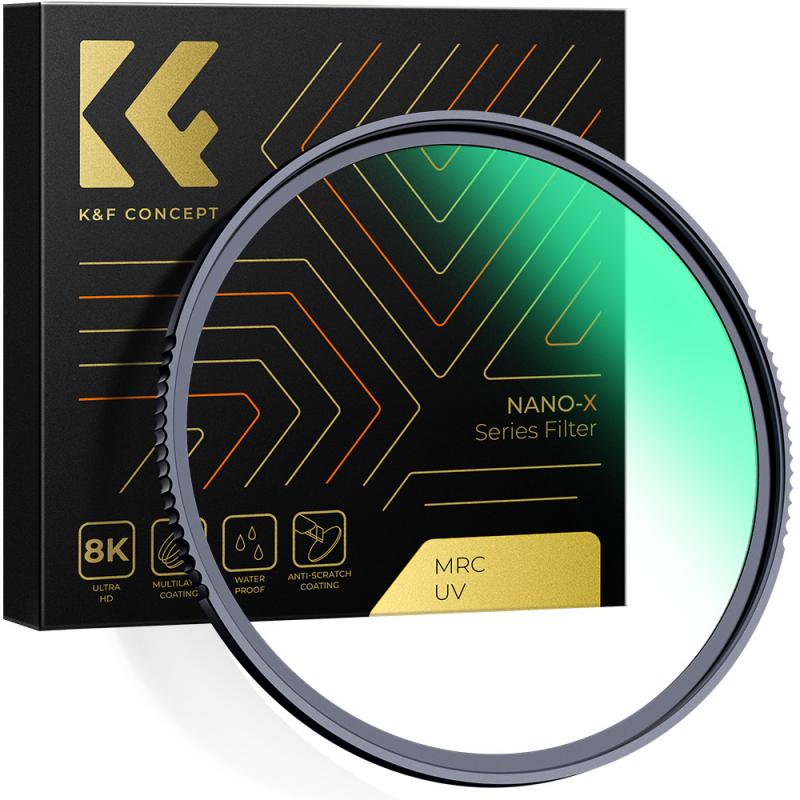
3、 Nikon Pronea S lens mount options
The Nikon Pronea S is a film-based SLR camera that was introduced by Nikon in the late 1990s. It was designed to bridge the gap between traditional film cameras and the emerging digital photography market. The Pronea S utilized the Advanced Photo System (APS) film format, which offered a number of advantages over traditional 35mm film.
In terms of lens mount options, the Nikon Pronea S featured the Nikon F mount. This was the same lens mount used by Nikon's professional SLR cameras, such as the F5 and F100. The F mount has been the standard lens mount for Nikon cameras since the introduction of the Nikon F in 1959, and it has remained largely unchanged over the years.
The Nikon F mount is known for its versatility and compatibility with a wide range of lenses. This means that Pronea S users had access to a vast selection of Nikon lenses, including both autofocus and manual focus options. Additionally, the F mount allowed for the use of third-party lenses from manufacturers such as Sigma and Tamron.
It is important to note that the Nikon Pronea S was discontinued many years ago, and APS film has largely been replaced by digital photography. However, for those who still own and use the Pronea S, the F mount provides a wide range of lens options to suit various photographic needs.
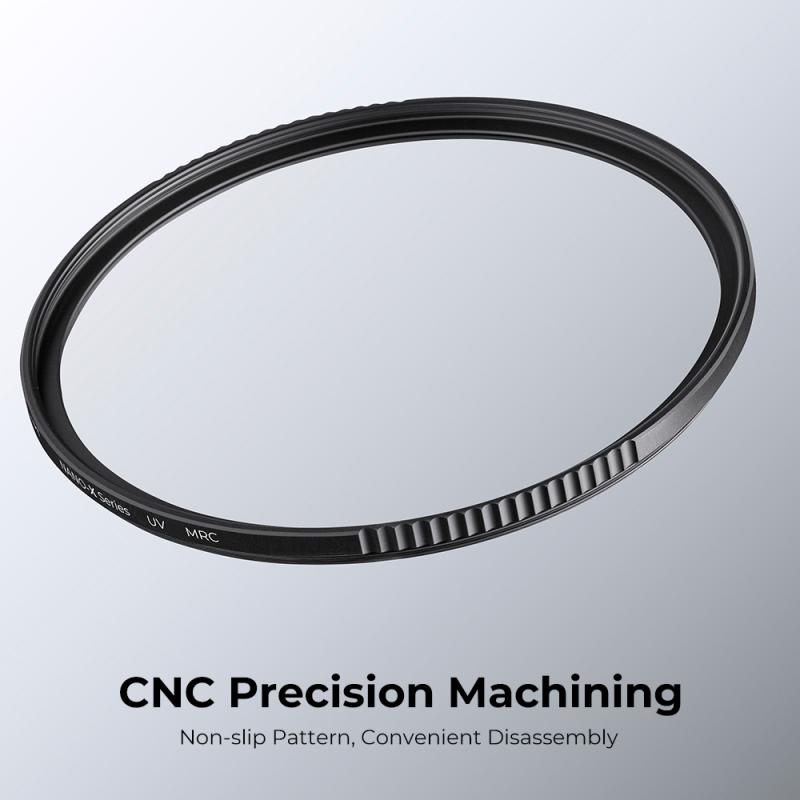
4、 Nikon Pronea S lens compatibility with other Nikon cameras
The Nikon Pronea S is a unique camera that was introduced by Nikon in the late 1990s. It was designed to bridge the gap between traditional film cameras and the emerging digital photography market. The Pronea S utilized the Advanced Photo System (APS) film format, which was smaller than traditional 35mm film but offered some advantages in terms of convenience and flexibility.
In terms of lens compatibility, the Nikon Pronea S utilized a specific lens mount known as the Nikon Pronea mount. This mount was specifically designed for the Pronea series of cameras and was not compatible with other Nikon cameras. Therefore, lenses designed for the Pronea S cannot be used on other Nikon cameras with different lens mounts.
It is important to note that the Nikon Pronea series, including the Pronea S, has been discontinued for many years. As a result, finding compatible lenses for these cameras may be challenging. However, there may still be some used lenses available on the market or through online platforms.
In terms of the latest point of view, it is worth mentioning that the Pronea S and its lens mount are considered outdated in today's digital photography landscape. Nikon has since transitioned to different lens mounts for their digital cameras, such as the F-mount for their DSLR cameras and the Z-mount for their mirrorless cameras. These newer lens mounts offer improved technology and compatibility with a wider range of lenses.
In conclusion, the Nikon Pronea S utilizes a specific lens mount known as the Nikon Pronea mount, which is not compatible with other Nikon cameras. However, due to the discontinuation of the Pronea series, finding compatible lenses may be challenging. It is recommended to explore other Nikon camera models with more modern lens mounts for a wider range of lens compatibility.
